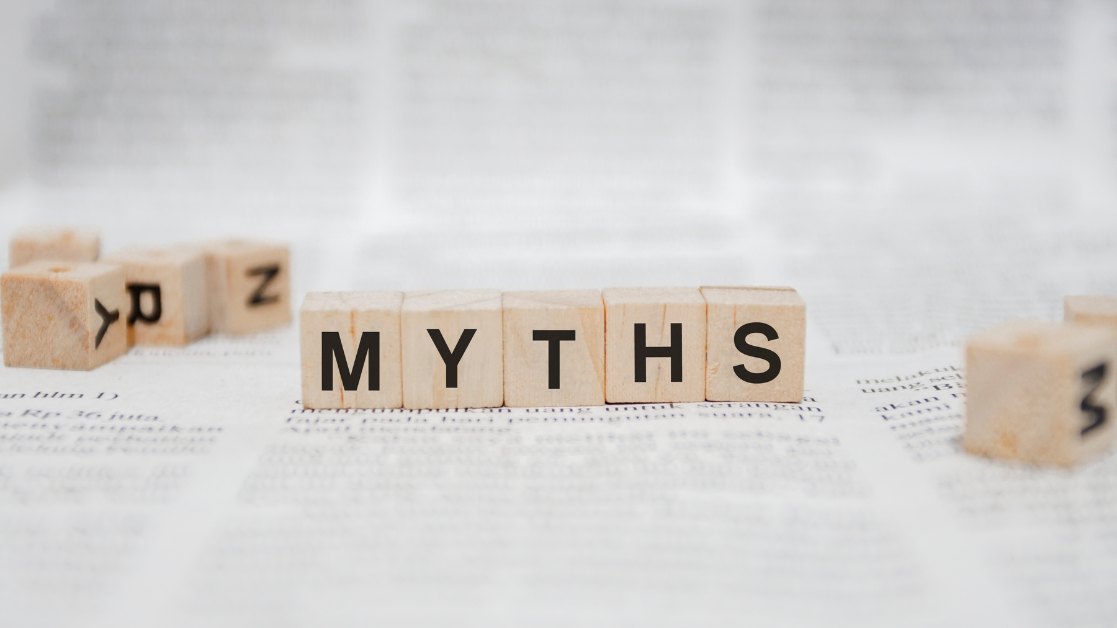Myths About Celiac Disease

Celiac disorder has a long history and different names.
It is also called celiac disease or coeliac disease. This disappointing and mysterious condition takes its name from the Greek physician Aretheus of Cappadocia.
He called it koiliakos, which was based on the word koelia (Greek belly).
CD is an autoimmune disease in which eating gluten causes symptoms and disease. It is considered a genetic disease that only occurs when a person consumes gluten. Unfortunately, there are many degrees of gluten intolerance and not all of them can be verified with certainty with current testing methods.
Celiac disease and gluten sensitivity include two distinct reactions to the gluten protein found in wheat and rye grains. Despite this, the symptoms of the two conditions are so nearly identical, that it is almost impossible to examine which one you may have (if any) without resorting to medical tests.
There are many myths about celiac disease and we will discuss them here.
#Myth 1: Celiac disease is an allergy
Celiac disease is not an allergy.
According to the National Institutes of Health (NIH), Celiac disease is an autoimmune disease in which the body creates antibodies that fight and kill the epithelium, or cell lining, of the small intestine.
Celiac disease is an incurable disease; the only cure for celiac disease is a gluten-free diet.
#Myth 2: Only blood testing is enough for celiac diagnosis
A blood test for TTG antibodies is only the number one step. The diagnosis of celiac disease is only positive after the biopsy test.
According to the Celiac Disease Foundation, this needs an endoscopy, Through endoscopy, several tissue samples are taken up from the small intestine and examined by the experts. Celiac disease is recognized dependent on the type of damage observed.
#Myth 3: Gluten is in rice
Rice is commonly related to gluten all over the world. This is reasonable because rice is a carbohydrate and most of the people relate carbohydrates with gluten. However, In actual rice is gluten-free; If you have a gluten intolerance or celiac disease, you can eat rice fearlessly.
Not all cereals contain gluten, as is often mistakenly assumed. People with celiac disease can eat rice, potatoes, and natural foods. But you should avoid wheat, couscous, and einkorn. Always read ingredient labels. If you’re eating out and aren’t sure if anything is gluten-free, avoid eating that thing.
#Myth 4: People with celiac can’t have dairy
Even if you start a gluten-free diet, your gut needs time to heal from the inflammation caused by gluten. Apart from absorbing nutrients, your intestines are also responsible for producing enzymes like lactase, which are required in order to absorb lactose, the natural sugar in milk.
Lower levels of lactase in your intestines can lead to lactose intolerance, which occurs when undigested lactose passes into the lower intestine, causing symptoms such as gas, gas, stomach pain, or diarrhea. These symptoms usually appear between 15 minutes and a few hours later.
Once you stick to a gluten-free diet and give your intestines time to heal, the lactose intolerance will subside as your gut produces enough lactase enzyme to reabsorb the lactose properly. Unless you have had undiagnosed celiac disease for years, it usually takes weeks or months for your body to absorb it properly.
Once you’ve avoided all dairy products, start slowly, choosing small amounts and taking them with other foods. You can then gradually increase your intake.
#Myth 5: Gluten is only found in food
This is not true that gluten is found in food only. You can find this protein in many astonishing processed foods like ketchup, pickles, salad dressings, gravies, seasoning packets, beer, and bullion cubes, among others.
In order to avoid gluten always read the labels of all products and make sure that there is a sign of gluten-free on them.
#Myth 6: Celiac disease is not a real disease
Unfortunately, some people really do have Celiac disease, Celiac is a real immune disorder – gluten is like venom to them.
This disease can occur in genetically predisposed people where the ingestion of gluten leads to harm to the small intestine. It has been estimated percentage of the population with celiac disease affects 1 in 100 people worldwide. 2.5 million American people are undetected and are at risk for lifelong health problems.”
Myth 7: Celiac disease is only a child’s disease and can be outgrown
People used to believe that celiac disease was a childhood disease that can be cured with time. But the study has shown that celiac disease affects all people of any age or sex. And unfortunately, celiac disease cannot be cured; it is a lifetime condition.
Summary
If you’ve been diagnosed with celiac disease, your doctor will recommend that you follow a gluten-free diet that eliminates all wheat, barley, rye, and oats. By eliminating gluten from your diet, you allow the intestinal villi to heal.
When you add a variety of foods that are full of nutrient-dense “superfoods” – especially vegetables – that are not processed. You can live a healthy and happy life free of gluten and disease.
Watch this video to know more about the myths about celiac disease.
 MY JOURNEY
MY JOURNEY About Me
About Me Early life
Early life Diagnosis
Diagnosis CELIAC DISEASE
CELIAC DISEASE Symptoms & Diagnosis
Symptoms & Diagnosis Treatment & Follow Up
Treatment & Follow Up GLUTEN - FREE LIVING
GLUTEN - FREE LIVING At Home
At Home At School
At School At Social Events
At Social Events
 Grocery Shopping
Grocery Shopping COMMUNITY OUTREACH
COMMUNITY OUTREACH Gluten Free Meetup
Gluten Free Meetup Workshops
Workshops Webinars
Webinars COVID-19 Camps By Gluten Free Jio
COVID-19 Camps By Gluten Free Jio  Mid Day Meal
Mid Day Meal Beyond Celiac
Beyond Celiac Real Stories of Celiac
Real Stories of Celiac RESOURCES
RESOURCES Restaurant Dining Cards
Restaurant Dining Cards Recipes
Recipes Gluten Free eBook
Gluten Free eBook Gluten Free Jio App
Gluten Free Jio App RECOGNITION
RECOGNITION TRAVEL DIARY
TRAVEL DIARY





